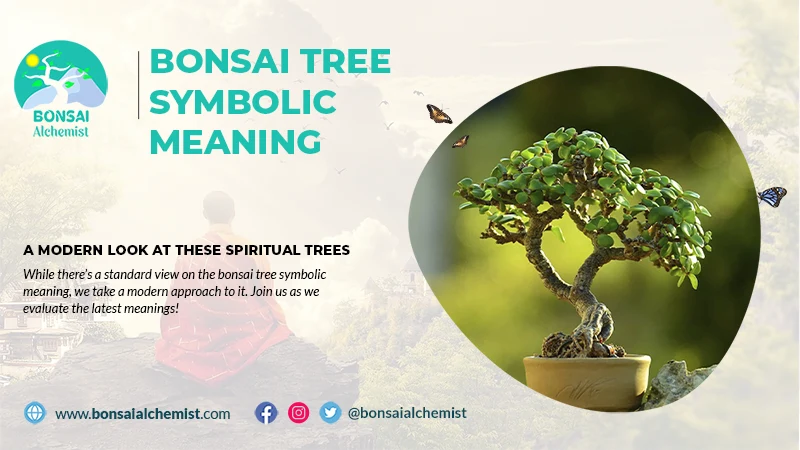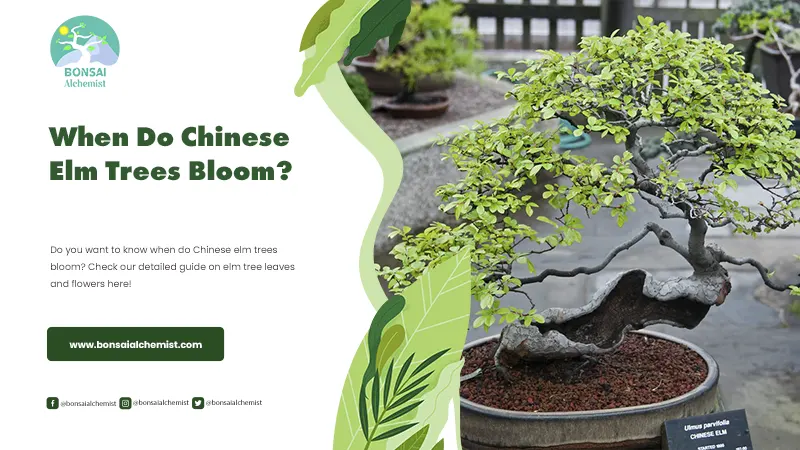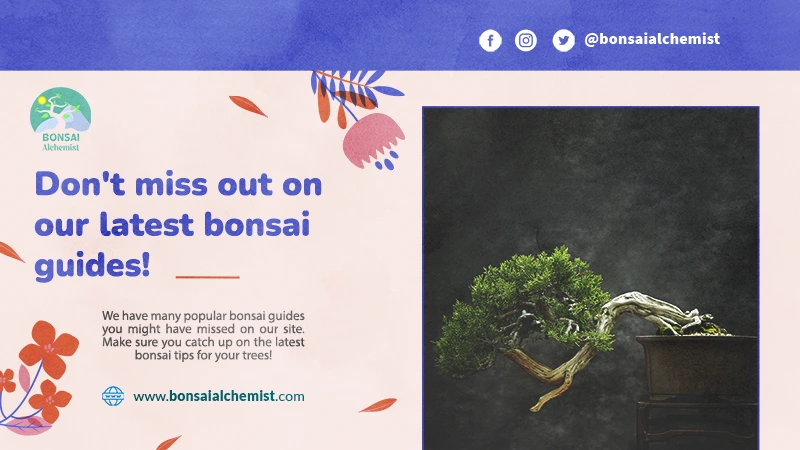What Do Juniper Leaves Look Like
Juniper is a genus of intricately ornate and wildly popular aromatic trees and shrubs. Belonging to the cypress tree family, these majestic beauties are cultivated for their aesthetics as ornamental pieces and incredibly useful for their strong, durable timber.
Juniper is one of few conifer species to feature a combination of spiky needles and scale-like foliage. In this article, we will examine the foliage of the magnificent juniper and how to identify them amongst other conifers.
Junipers don’t technically have leaves. Instead, they are densely covered in needles and scale-like foliage. The reason why conifers like juniper don’t have leaves is a story as old as the continent of Pangea. 250 million years old exactly.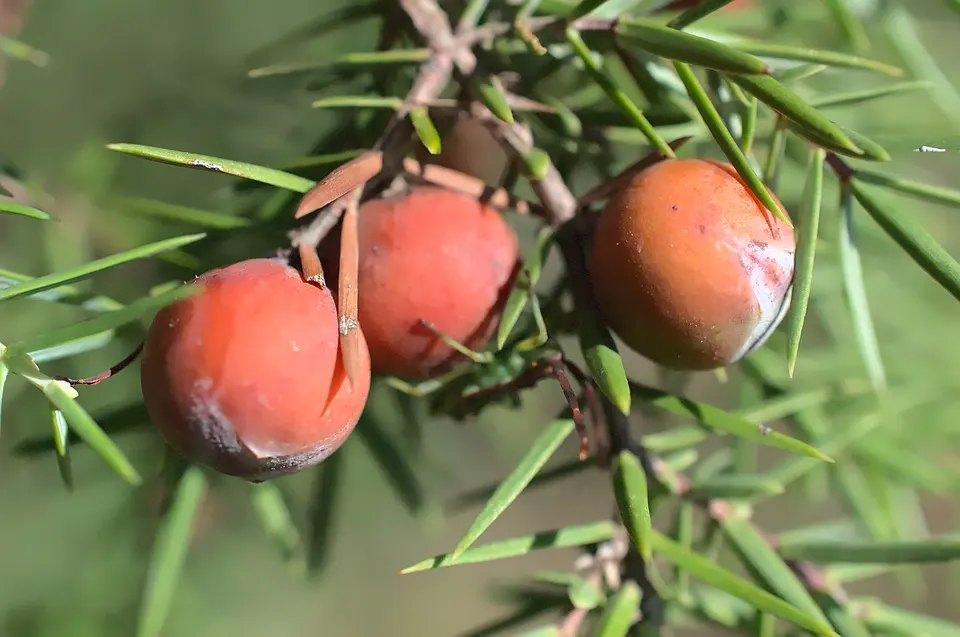
The Great Dying
Around the time of Permian-Triassic Mass Extinction, also known as the Great Dying, the Earth was thought to have experienced a dramatic surge in temperatures, causing its surface to become inhospitable to most life forms. The seas were no safer; more than 90% of diverse marine life was wiped out. However, a team of researchers at UniGe in Geneva, Switzerland, found that ice was a far more likely culprit.
By examining sediment layers and the radioactive decay of uranium, the team led by Professor Urs Schaltegger of UniGe and Hugo Boucher of the University of Zurich found that the Permian-Triassic period represented a gap in sedimentation. This gap is indicative of a historical decrease in sea levels which could only be explained by the water freezing over.
The Juniper Connection
How does ice causing the largest extinction event on earth tie in with juniper leaves? I’m so glad I found enough information to be able to ask such captivating questions. The presence of ice in such colossal quantities was bound to alter the way the landscape formed. That is precisely what happened.
Before the climate changes that led to the Great Dying, plants had become accustomed to thriving in warmer weather. They developed bigger, flatter leaves to make the most of each ray of sunlight, and they were dependent on the sun and liquid water for survival. In general, plants were also more densely located near the equator, where it was warmest.
250 million years ago, however, times became desperate. Suddenly there was less sun, less warmth, and due to cold temperatures, less accessible water. Plants were dying. Without the sun, there was no nourishment through photosynthesis; without water, there was no growth. The lush green landscapes started wilting and freezing over. Adaptation of some sort needed to take place, and fast.
The end of the Triassic period ushered in what we know as the Jurassic period. This is when the first conifers are believed to have appeared. Conifers grow differently from other trees for one reason; survival. Conifers were the answer to the question of how nature thrives in cold and dry weather. Instead of flat leaves to harness sunlight, they evolved needle-like foliage that stores water.
Conifers also evolved seed cones to keep their seeds safe until the weather was optimal for young plants to take root. The seed cones of all conifers, juniper included, wait until the weather is warm enough and the ground is moist enough for seedlings to thrive. They then open up like origami and let the seeds rain down on the waiting Earth.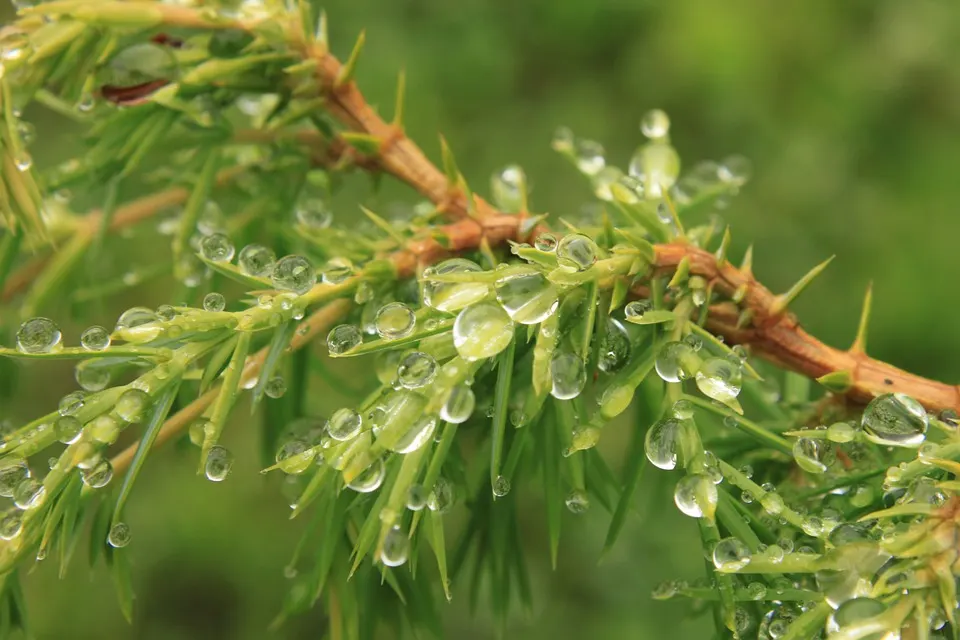
What Leaves Do Junipers Have?
Juniper is a descendant of those first monumental conifers. While they don’t look exactly the same as their prehistoric ancestors, they function in much the same way. One key difference is that junipers still rely more heavily on sunlight and water to thrive.
Instead of only having the water-retaining needle-like foliage, junipers also have scale-like leaves. These look a little like tiny leaves that have been fused together. These scales are called cataphylls and are more functional than other leaves.
Conventional flat leaves are called euphylls or true leaves and are only responsible for photosynthesis. Cataphylls, by comparison, also have storage properties. Much like the needles, they also have the capacity to store water and prolong the survival of juniper trees in desperate conditions.
Final Word
Summing up what we tackled in this piece, juniper is part of a family of trees that evolved in prehistoric times. Juniper isn’t like some other conifers that only have prickly needles; it also has scale-like leaves called cataphylls. Both the needles and cataphylls have water storage and retention capacity, protecting the plant against drought.


